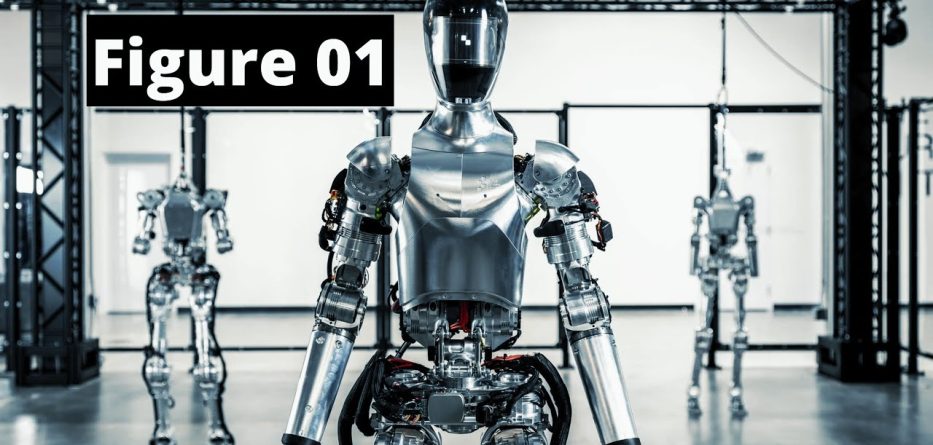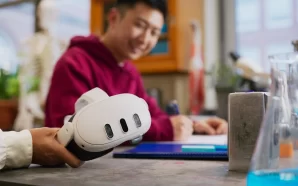Introduction
In an era where technology and robotics are reaching new heights, the collaboration between OpenAI and Figure Robotics marks a significant milestone in the development of humanoid robots. This partnership has given rise to Figure One, a groundbreaking humanoid robot characterized by its advanced capabilities. Equipped with OpenAI’s cutting-edge AI technologies, Figure One exemplifies the forefront of robotic innovation, featuring unparalleled dexterity, learning ability, and communication skills. This introduction provides an overview of the collaboration’s objectives and the sophisticated functionalities embedded within Figure One, setting the stage for a new era in robotic assistance and automation.
Development and Capabilities
History and Development Timeline of Figure One: Figure One, developed by the robotics firm Figure in collaboration with OpenAI, represents a significant advancement in the field of humanoid robots. The project began with the objective to create a robot that could integrate high-level language and sensory understanding with physical task execution. Rapid progress was marked by early demonstrations of basic task handling, leading to more sophisticated capabilities such as autonomous decision-making and complex problem-solving, all fostered through continuous enhancements in AI learning models.
Detailed Description of Capabilities: Figure One’s capabilities are groundbreaking in the realm of humanoid robotics. The robot exhibits remarkable dexterity, allowing it to perform intricate tasks with precision akin to human hands. It has been programmed to learn from interactions and experiences, enhancing its responses and actions over time. Communication is another forte; Figure One uses OpenAI’s language models to engage in meaningful dialogues, comprehend instructions, and even explain its actions in a human-like manner. This synthesis of advanced dexterity, adaptive learning, and sophisticated communication sets Figure One apart as a pioneer in humanoid technology.
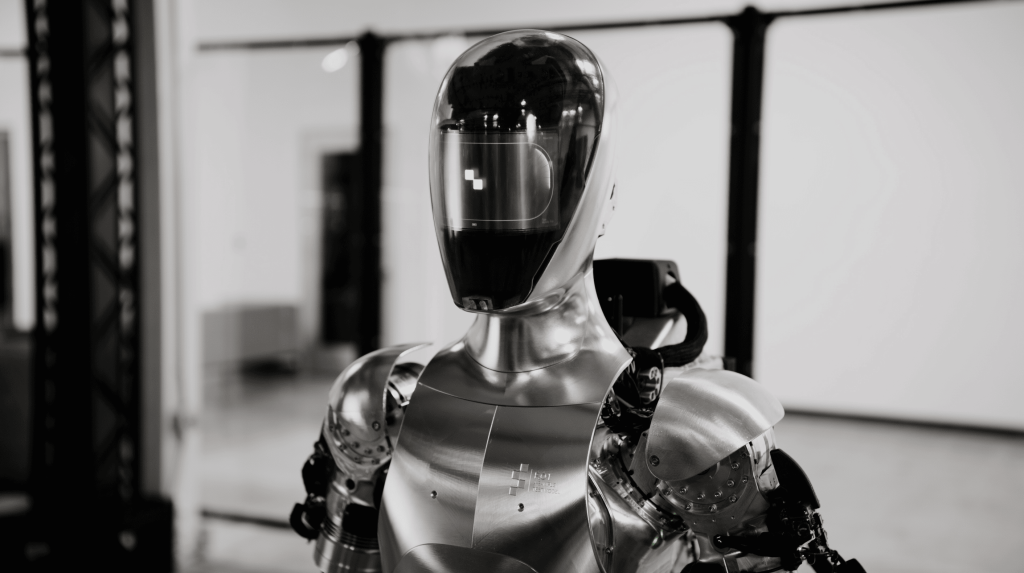
Technological Innovations
Exploration of the AI Technologies Powering Figure One: Figure One is powered by OpenAI’s cutting-edge multimodal AI technology, which integrates visual and language processing capabilities to enable sophisticated interaction and understanding. This AI framework allows the robot to process and respond to both visual cues and conversational language in real-time, making it uniquely capable of human-like interaction.
Description of the Training Regimens and Autonomous Functions: The autonomous functions of Figure One are honed through rigorous training regimens that involve large-scale data analysis and real-time feedback loops. These training sessions are designed to improve the robot’s decision-making and task execution under varying conditions. By continuously learning from its environment and interactions, Figure One enhances its ability to perform complex tasks autonomously, showcasing a significant leap in robotic independence and adaptability.
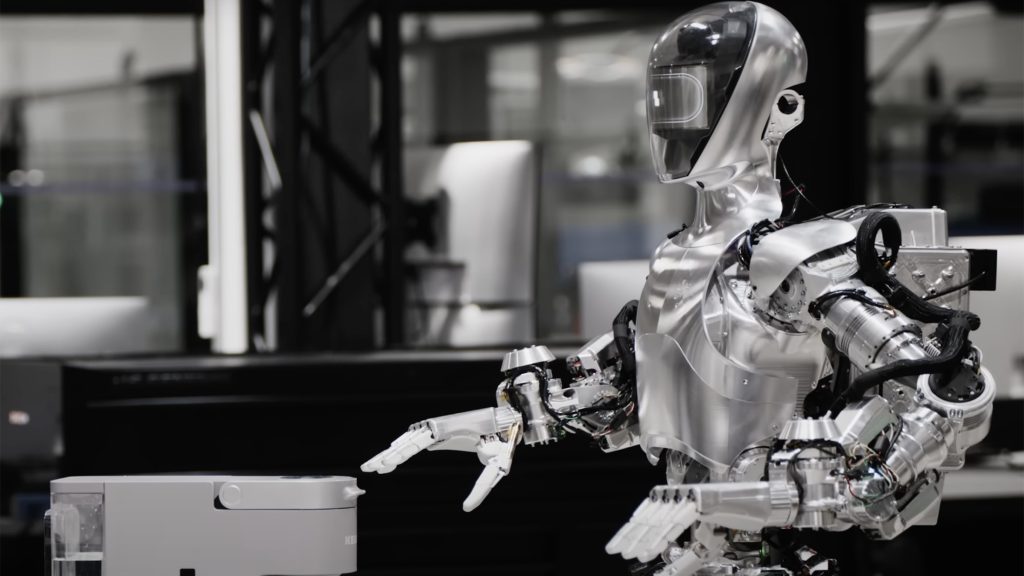
Demonstration Insights
Breakdown of a Specific Demonstration Showcasing Figure One’s Interactions and Task Handling: In a notable demonstration, Figure One effectively illustrated its interactive capabilities by identifying and handling objects within a complex environment. During the demo, the robot was asked to identify items on a table and subsequently select an edible item. It correctly chose an apple, demonstrating not only recognition skills but also the ability to prioritize based on contextual understanding.
Analysis of the Robot’s Ability to Understand Context and Execute Complex Tasks: Figure One’s performance in the demonstration highlighted its advanced cognitive abilities, showcasing how it processes verbal instructions and visual data to make informed decisions. The robot’s ability to seamlessly integrate sensory input with task execution reflects its sophisticated AI programming, enabling it to handle tasks that require a deep understanding of the environment and nuanced human-like reasoning.
Applications and Impact
Potential Applications of Figure One in Various Industries: Figure One’s versatile capabilities make it suitable for deployment across multiple sectors including manufacturing, healthcare, and customer service. In manufacturing, its precision and ability to learn can significantly boost productivity and safety. In healthcare, the robot could assist in patient care tasks, offering both support and companionship, while its customer service applications could see it acting as an interactive helper in retail environments.
Discussion on the Impact of Such Humanoid Robots on Labor and Everyday Human Activities: The integration of humanoid robots like Figure One could dramatically alter labor markets, potentially displacing routine jobs but also creating new opportunities in tech and robot maintenance. In daily life, these robots could perform tasks that are dangerous, mundane, or physically demanding, thereby enhancing human productivity and safety. However, this shift may also require thoughtful handling of ethical and societal implications, including job displacement and the need for re-skilling workers.
Challenges and Ethical Considerations
Discussion of Technical and Ethical Challenges: The development of Figure One presents various challenges, from ensuring the reliability and safety of its AI systems to overcoming the hurdles of real-world deployment. Technical challenges also include enhancing the robot’s ability to handle unstructured environments and unpredictable variables.
Consideration of the Implications of Humanoid Robots in Society: The rise of humanoid robots raises profound ethical questions concerning privacy, security, and autonomy. The potential for surveillance, decision-making in critical situations, and the replacement of human jobs necessitates a robust ethical framework. Moreover, the societal impact, such as shifts in the workforce and the psychological effects of robot-human interactions, must be carefully managed to ensure that these innovations benefit society as a whole while minimizing potential harms.
Future Prospects
Predictions for Future Developments of Figure One: The trajectory for Figure One includes significant advancements in AI and robotics, aiming to enhance its adaptability and functionality. Innovations in sensor technology, AI responsiveness, and machine learning algorithms are expected to increase its operational efficiency and broaden its application scope.
Insights into Upcoming Enhancements and Roadmap for Broader Deployment: Future enhancements for Figure One are likely to focus on improving its interaction capabilities and expanding its use in complex environments like healthcare and public services. The roadmap includes plans for scaling production, enhancing the robot’s cognitive and mechanical abilities, and ensuring it can operate in a variety of settings, paving the way for a more integrated presence in daily human activities and industries.
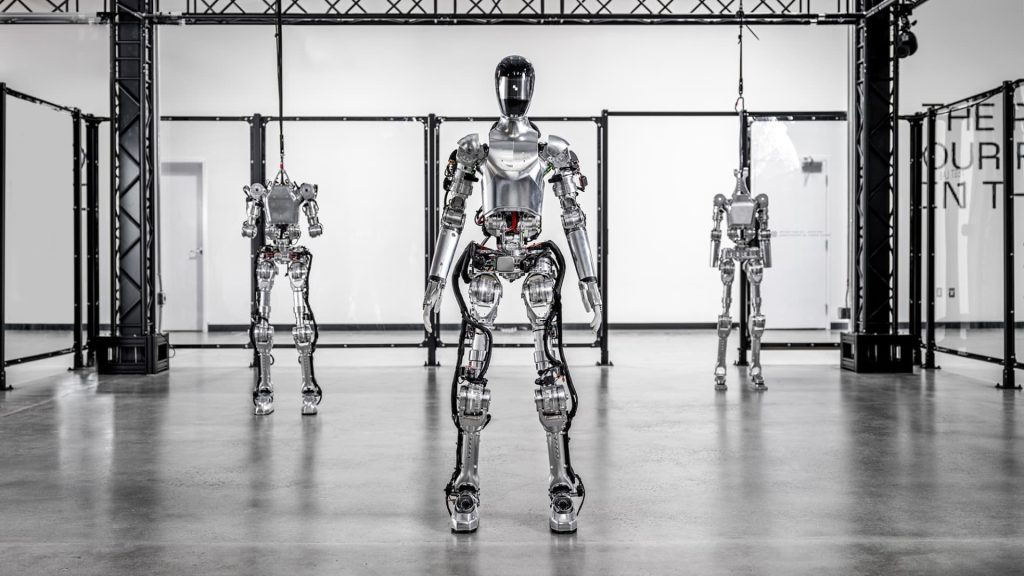
Conclusion
This article has explored the innovative collaboration between OpenAI and Figure Robotics, detailing the development and capabilities of the humanoid robot, Figure One. We’ve delved into the technological advancements that enable it to perform complex tasks with human-like precision and discussed its potential applications across various sectors. The challenges and ethical considerations associated with the deployment of such advanced machines have been highlighted. Ultimately, humanoid robots like Figure One could significantly shape the future, transforming how we work and interact with technology in our daily lives.




